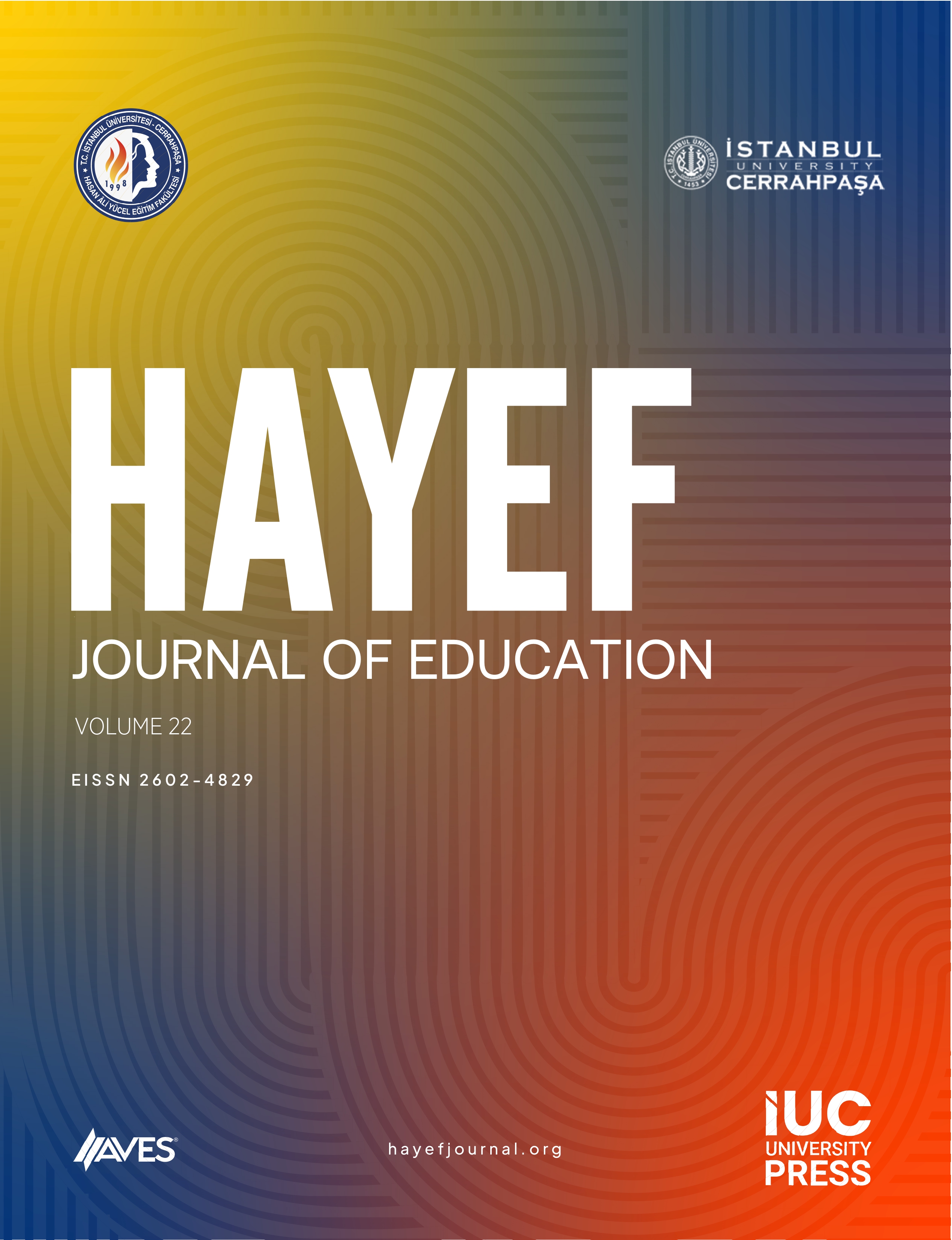The aim of this study is to examine the relationship between self-compassion and difficulties in emotion regulation of special education preservice teachers. In addition, the predictive effect of special education preservice teachers’ difficulties in emotion regulation on self-compassion was examined. The study group of the research consists of 392 undergraduate students of the Department of Special Education Teaching, 267 women (68.1%) and 125 men (31.9%), who were reached through convenient sampling. The research group is between the ages of 18 and 41 (X = 23.18, standard deviation = 4.38). The data of the research were collected face-to-face through scales. Self-Compassion Scale, Difficulty in Emotion Regulation Scale-Short Form, and Personal Information Form were used as data collection tools. Since the scale scores showed normal distribution, descriptive statistics, t-test, Pearson product–moment correlation coefficient analysis, and simple linear regression analysis methods were used as parametric tests in the analysis of the data. According to the t-test results, the self-compassion scores of the special education preservice teachers. do not differ significantly by gender (t = −.069, p > .05). As a result of the correlation analysis, a highly significant negative correlation was obtained between the self-compassion scores of the special education preservice teachers and their difficulty in emotion regulation scores (r = −.725, p < .05). When the results of the regression analysis were examined, it was determined that the emotion regulation difficulty scores of the special education preservice teachers significantly predicted their self-compassion scores (F1–190 = 431.937, R = .72, R2 = .53, p < .01). The findings obtained in the research were discussed by taking into account.
Cite this article as: Koçak, F., Berman, Z. R., Traş, Z., & Yakıcı, H. B. (2023). Examination of relations between self-compassion and difficulties in emotion regulation of preservice teachers. HAYEF: Journal of Education, 20(1), 32-36.



